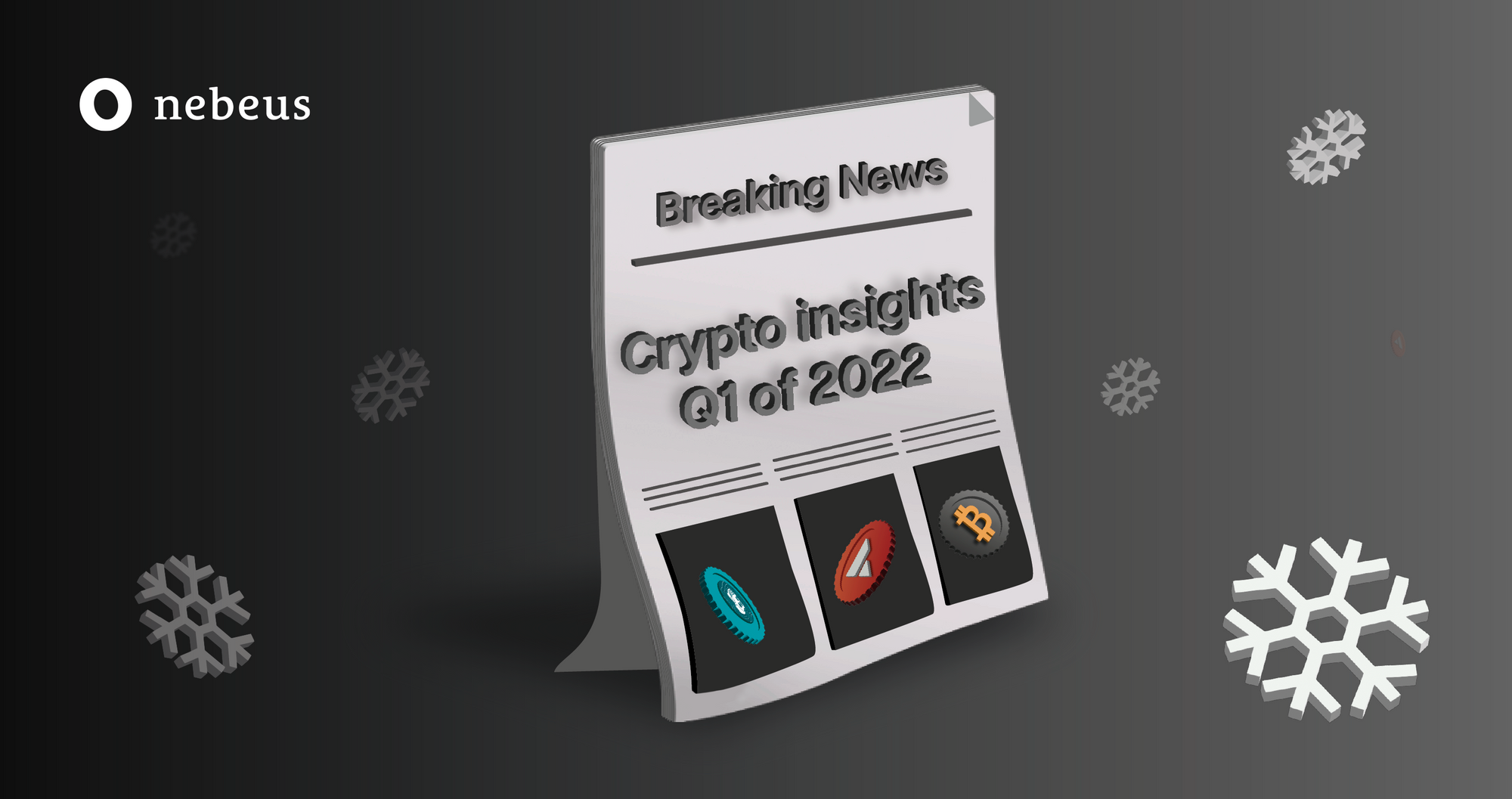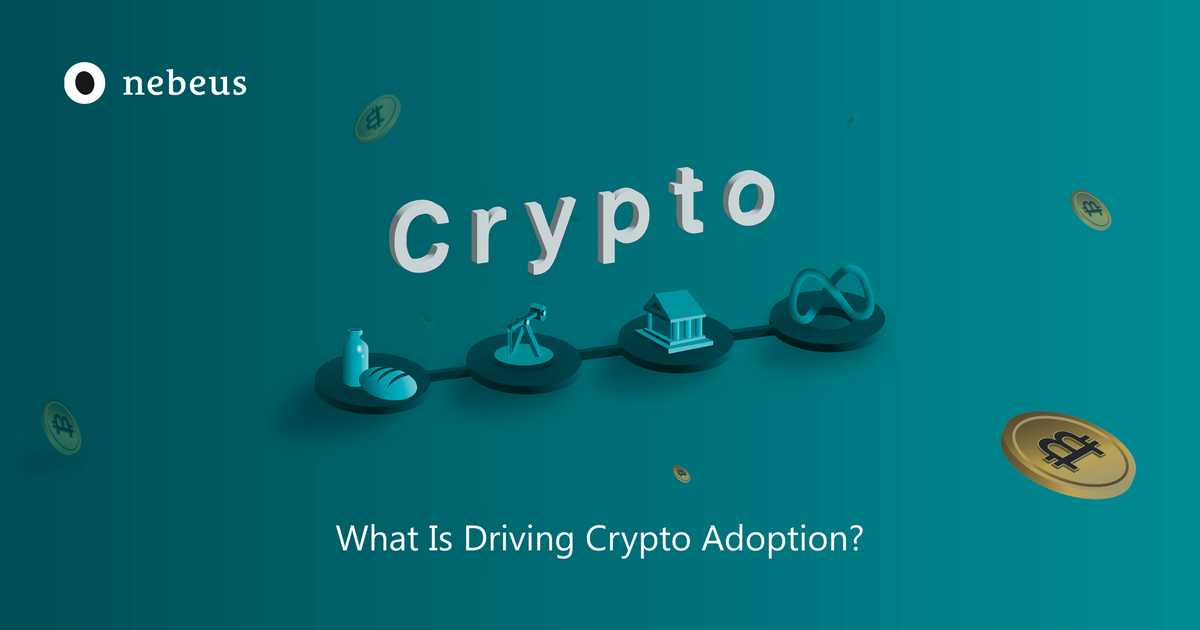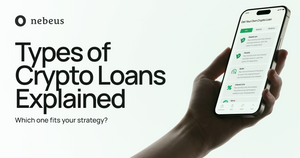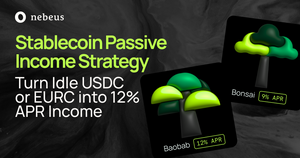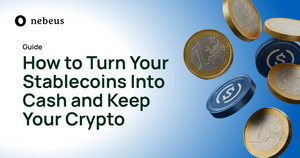What Is the Blockchain Trilemma?
The blockchain trilemma is a problem that blockchain technology faces when trying to satisfy three key requirements: scalability, security, and decentralisation. All three of these factors are essential in ensuring that a blockchain network is booming. Each of these requirements has trade-offs that need to be considered when designing a blockchain system.
Need a quick recap of what Blockchains are? We've got you covered.
The decentralised structure of networks comes with unique challenges compared to centralised networks.
The CAP Theorem and Decentralisation
The CAP Theorem came about in the 1980s and described the most significant of these challenges.
The CAP Theorem, when applied to blockchain technology, suggests that decentralised networks can only provide two of the three assurances of:
- Consistency - This ensures that all nodes in a distributed system have the same information. This can be important for verifying that all nodes in a system perform the same operations or that all nodes have the same data.
- Availability - The system is up and running without any failures. Data is available at each node, and the nodes respond to requests.
- Partition Tolerance - If a group of nodes in a distributed system can't communicate with other nodes due to network failures, the system still keeps working correctly. This can happen because of network failures (where some or all of the network is down) or node failures (where one or more nodes in the system go down).
Over the years, this has transformed into the Blockchain Trilemma.
Here's another way to think about it. You have probably heard of Heisenberg's Uncertainty Principle at school. The uncertainty principle states that specific properties of objects, such as their velocity and location, can never be measured simultaneously. There is always a trade-off. The CAP Theorem describes a similar thing.
The Best Blockchain Technology
What would the perfect blockchain technology look like? Well, it would include airtight security, an extensive decentralised network, and would be able to manage a vast number of transactions.
Solutions have been suggested. Before we review them, it's a good idea to understand the different elements of the trilemma in more detail.

The Three Clashing Factors
What Is Decentralisation?
Decentralisation refers to distributing power and control over the network among its participants.
A public blockchain network is one where anyone can join and participate. The nodes in the network use a decentralised consensus mechanism to agree on the order of transactions and keep the network up and running. This allows the network to be widely distributed and not reliant on one entity.
From a security standpoint, decentralisation is key to the success of the blockchain. Decentralisation allows for individuals and groups to operate without the interference of a central authority, which makes it difficult for attackers to gain control of a blockchain network.
The problem: the more miners on a network, the slower the network becomes. This is because the miners are trying to reach a consensus about the next block, which takes time.
What Is Blockchain Security?
Security is the ability of a blockchain system to protect against attacks. Attacks can include attempts by malicious actors to compromise the network and steal or manipulate data.
So, if you want to increase the amount of data that can be transferred on a blockchain network, you can do so by reducing the number of nodes on the network. This can be done by having fewer nodes or having nodes located closer together.
The problem: this movement towards centralisation harms the security of the system. We spoke about a 51% attack before, which becomes more likely when node distribution is reduced.
What Is Scalability?
Scalability is the ability of a blockchain system to handle a large number of transactions and grow long into the future. This is important for applications such as digital currency, where many transactions are necessary to keep the system functioning.
The problem: Blockchains that cannot handle many transactions are said to lack scalability. A network with low scalability can struggle to process transactions quickly enough, leading to problems such as long wait times for transactions or low throughput. However, scalability can also be a challenge for other applications, such as stock trading, where many transactions can slow down the system.
Remember: the trilemma means scalability is achievable, but either decentralisation or security will be negatively impacted. But, to start competing with the big centralised platforms, guaranteeing scalability is needed.
The search for scaling solutions
The dream of blockchain technologies was to provide an alternative to centralised systems and institutions.
How do we achieve this and realise the dream that first drove blockchain? Through the use of Layer-1 and Layer-2 solutions.
Solving the Blockchain Trilemma: What is Layer 1?
Heard of Bitcoin and Ethereum? Then you've heard of Layer 1 protocols.
Ethereum 2.0 and Proof-of-Stake:
Bitcoin uses a consensus protocol called Proof-of-Work. It's slow. Really slow. Secure and safe, yes. But, it can only do seven transactions per second (TPS).
Other blockchain networks, including Ethereum with their change to Ethereum 2.0, addressed this issue. They use the Proof-of-Stake consensus mechanism instead.
So, the PoS consensus protocol determines validator status based on the number of coins a person holds (stakes). It shoots TPS from a measly 10 to a maximum of 100,000!
This can significantly increase the Ethereum network's capacity whilst ensuring security and decentralisation. Not bad at all.
Sharding:
What is sharding in blockchain? Sharding is a method of dividing a database into smaller, more manageable pieces.
This allows for more scalability, as the database can be divided into smaller parts that individual servers can process at the same time. Many transactions can take place simultaneously.
Sharding also helps to improve security, as the data is divided into smaller pieces that are more difficult to access and attack.
Sharding also improves decentralisation, because it allows for more independent nodes to be used.
Ethereum 2.0, Tezos, and Qtum are experimenting with sharding, which holds enormous potential for solving the blockchain trilemma.
Solving the Blockchain Trilemma: What is Layer 2?
Layer 2 in blockchain refers to a network or technology that sits on top of a protocol. It improves its scalability and efficiency.
So, Bitcoin is the Layer 1 protocol. But, the Lightning Network, which maximises transaction speeds, sits on top as it is a Layer 2 solution.
Layer 2 solutions have evolved massively recently and may be the best solution to avoiding scalability challenges.
What is a Nested Blockchain?
A nested blockchain is a blockchain that is built on another blockchain. Spiralling secondary chains form interconnected webs that reduce the pressure on the main blockchain through levels. Each level operates using a parent-child link. While the parent delegates, the child works and sends it back after.
This is a typical structure for cryptocurrencies, as it allows for a more secure and decentralised network. Nested blockchains are also more scalable, as they can process more transactions than a single blockchain.
What is a State Channel?
A state channel is a type of blockchain transaction that allows two parties to conduct a transaction without going through the blockchain. In other words, blockchains and off-chain channels can talk to one another quickly. State channels allow faster transactions because they don't require the blockchain to be constantly updated.
State channels don't need miners right away. Mechanisms like smart contracts help manage this before everything is recorded on the blockchain underneath.
However, decentralisation is slightly compromised here. But, perhaps that’s the price we have to pay.
What are Sidechains?
A sidechain is a blockchain that operates as a separate network unit with its own rules and tokens. Currently, it is used for large batch transactions. The idea is to create a tamper-proof and secure platform for other blockchain projects to operate on without sacrificing decentralisation.
How do Sidechains differ from State Channels? Sidechains aren't private and everything gets noted in the ledger. Plus, any security issues on sidechains have no knock-on effect on the mainchain.
But, creating these sidechains is hard. Everything is built from scratch, which takes time and effort.
Has Algorand Solved the Blockchain Trilemma?
Algorand is a new blockchain platform that claims to have solved the blockchain trilemma. Algorand’s platform is designed to address these issues using a hybrid consensus algorithm.
The platform manages to guarantee scalability and decentralisation through randomness.
While this may sound... random, the real focus is placed on validators.
A blockchain validator is someone responsible for verifying and adding transactions (new blocks) to a blockchain.
The goal of a blockchain should be to commission validators to allow scalability while preserving decentralisation.
Algorand selects validators randomly from all token holders. This ensures decentralisation and security through an algorithm that automatically chooses groups of eligible nodes. Anyone could be chosen. It's sort of like Jury Duty - everyone has the potential to be picked!
As no one knows who will be the validator next, security is improved, and potential 51% attacks are prevented.
What tackling the trilemma means for the future of blockchain
Scalability, security, and decentralisation have all been identified as important for the long-term success of blockchain technology.
Scalability is a problem that faces blockchain technology as it seeks to become a mainstream technology. The current blockchain infrastructure is not able to handle large numbers of transactions. This limitation could prevent blockchain from becoming a mainstream technology. The ecosystem needs to attract Institutional Investors to survive in the long term.
So, if the trilemma has been (or will be) solved, the entire world of blockchain can expand, reach new people, and get closer to fulfilling its dream of a decentralised paradise. Only time will tell.
For those who see the true potential in blockchain technologies, you can start investing today with Nebeus.
La inversión en criptoactivos no está regulada, puede no ser adecuada para inversores minoristas y se puede perder la totalidad del monto invertido.




